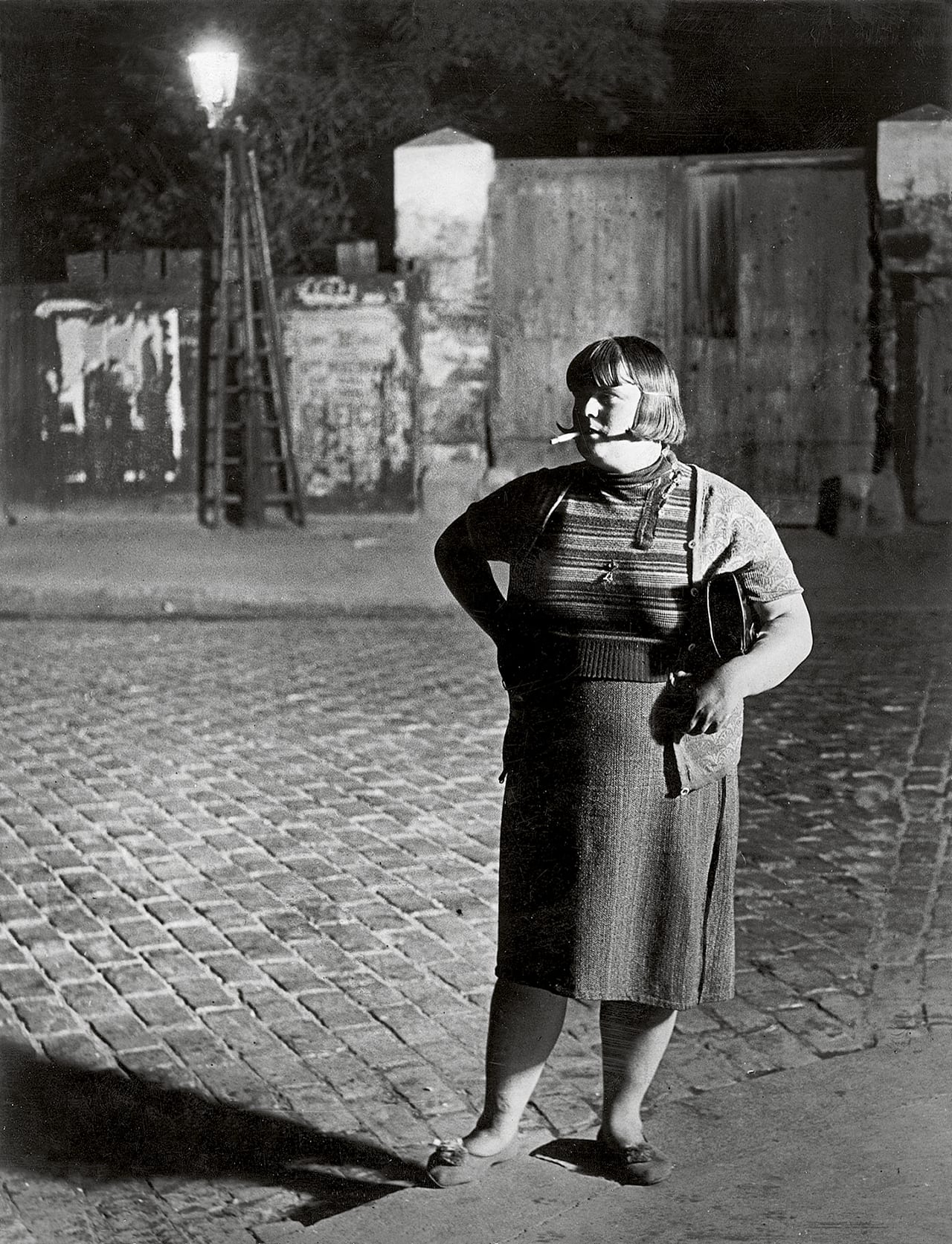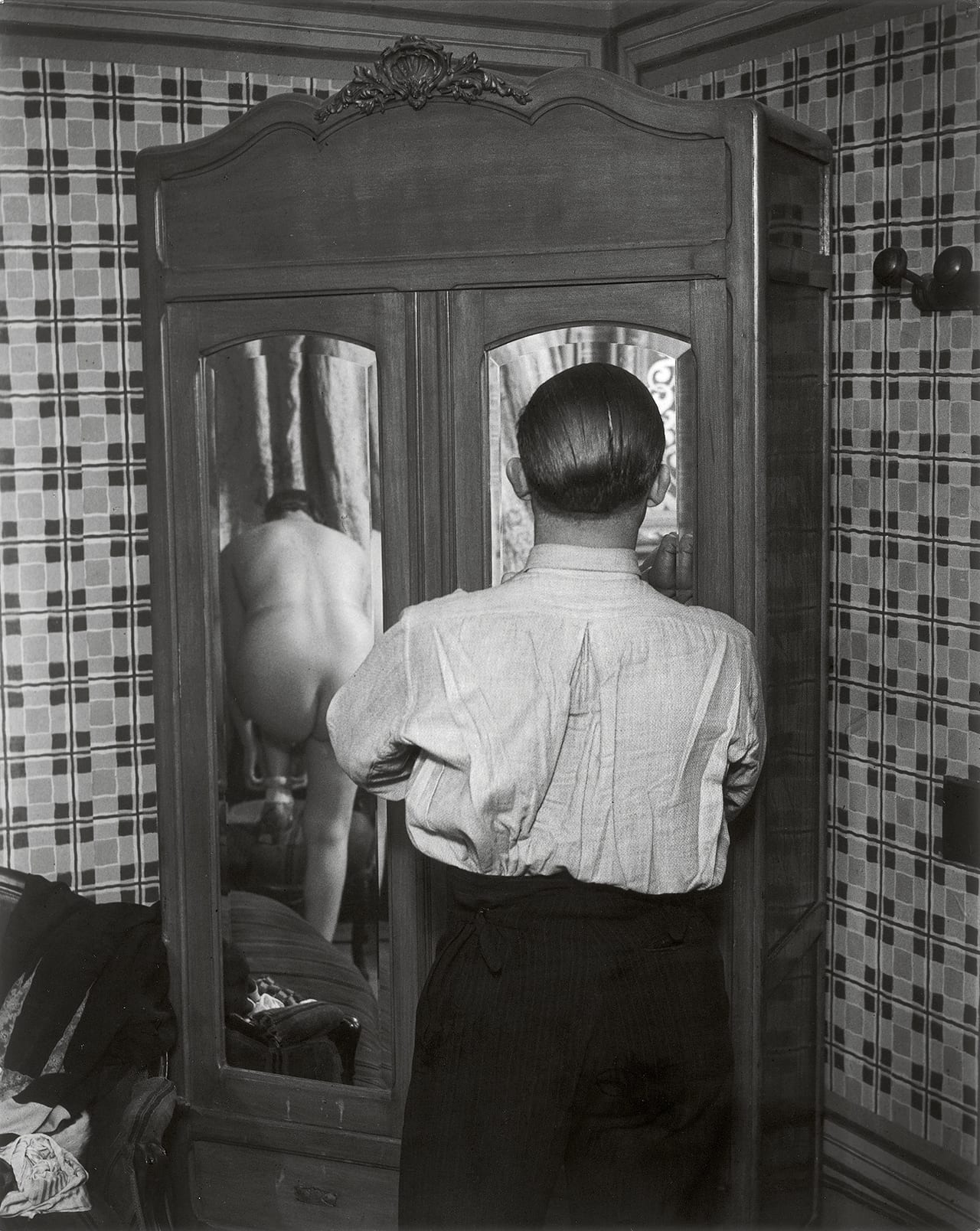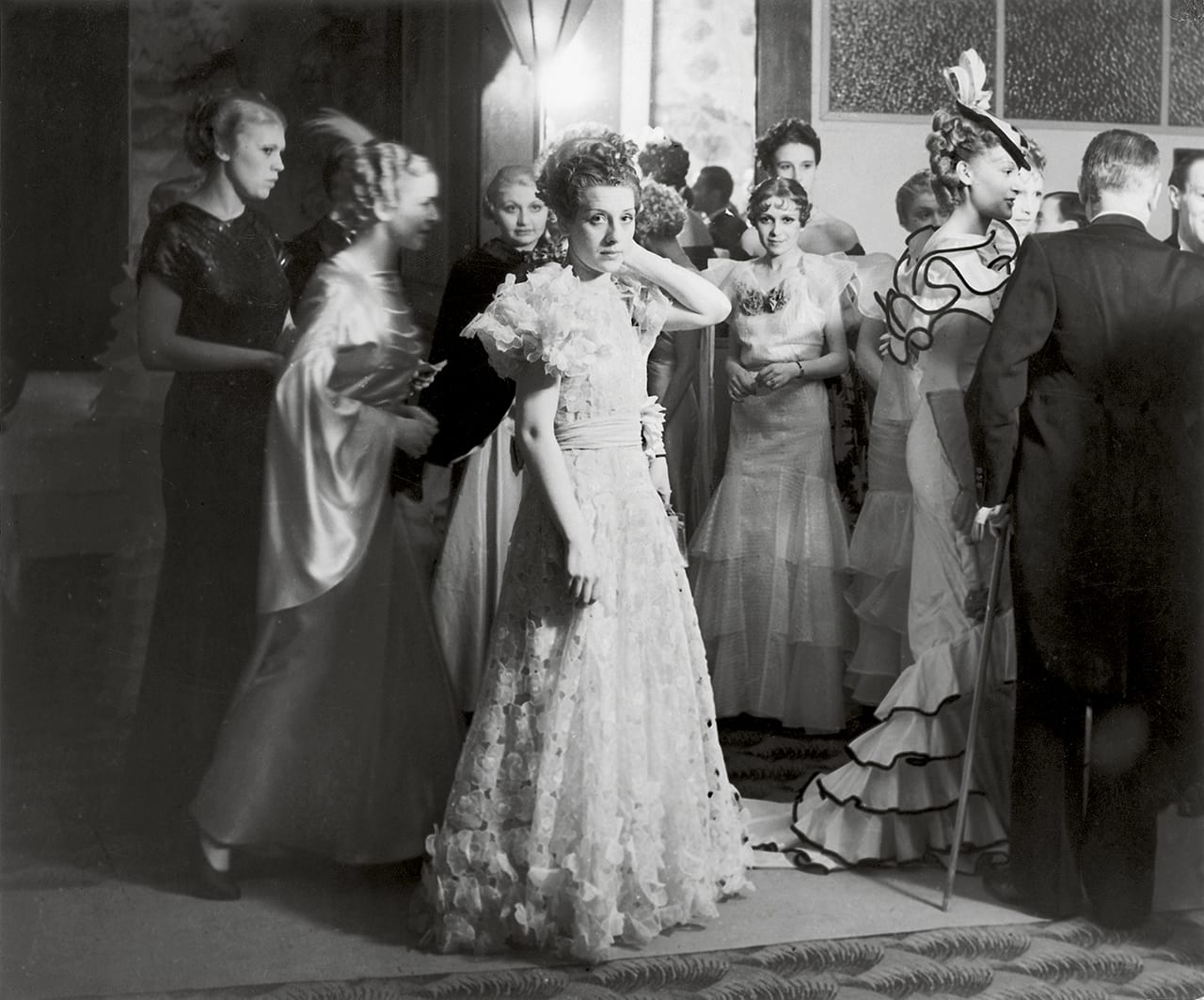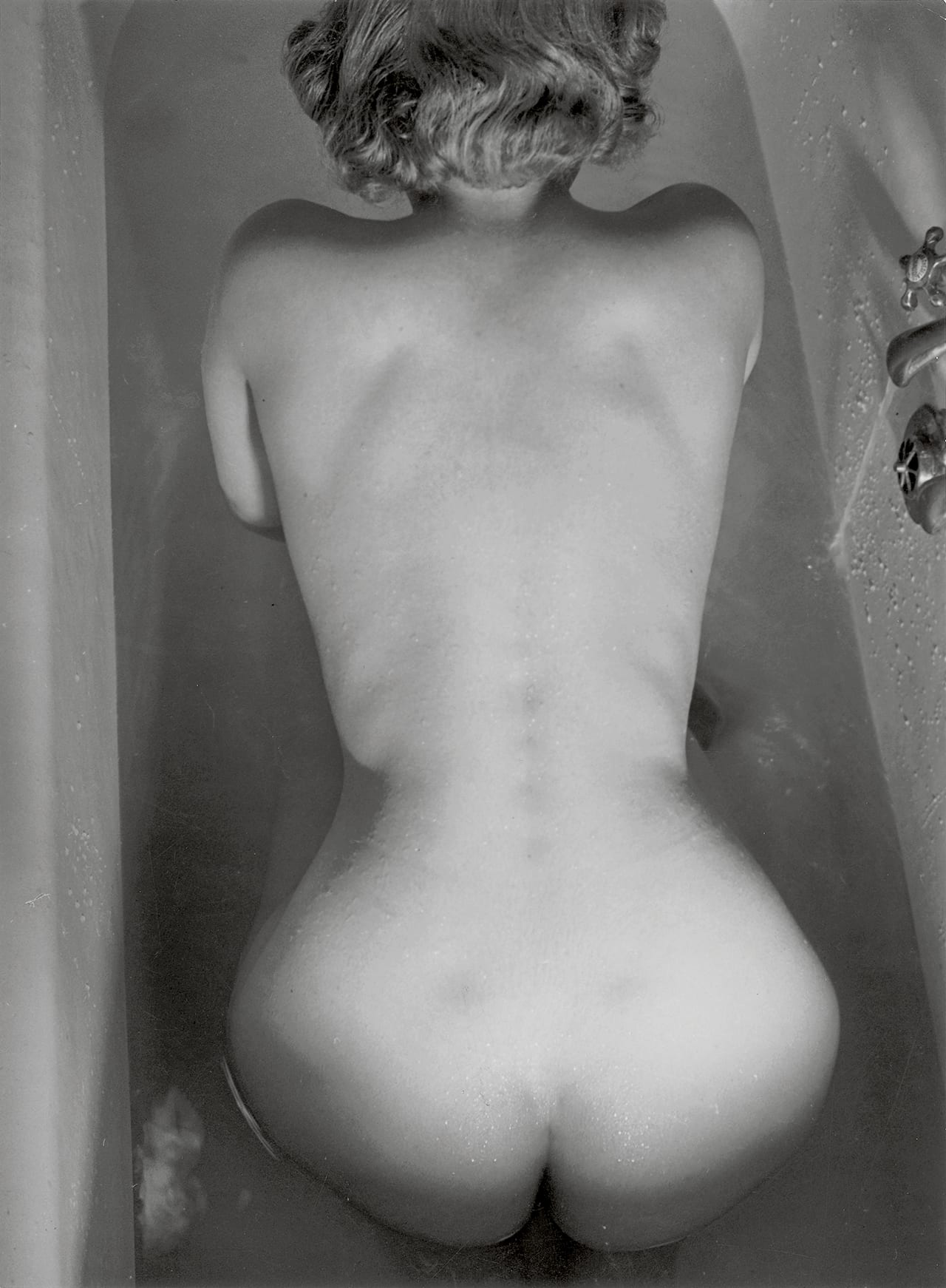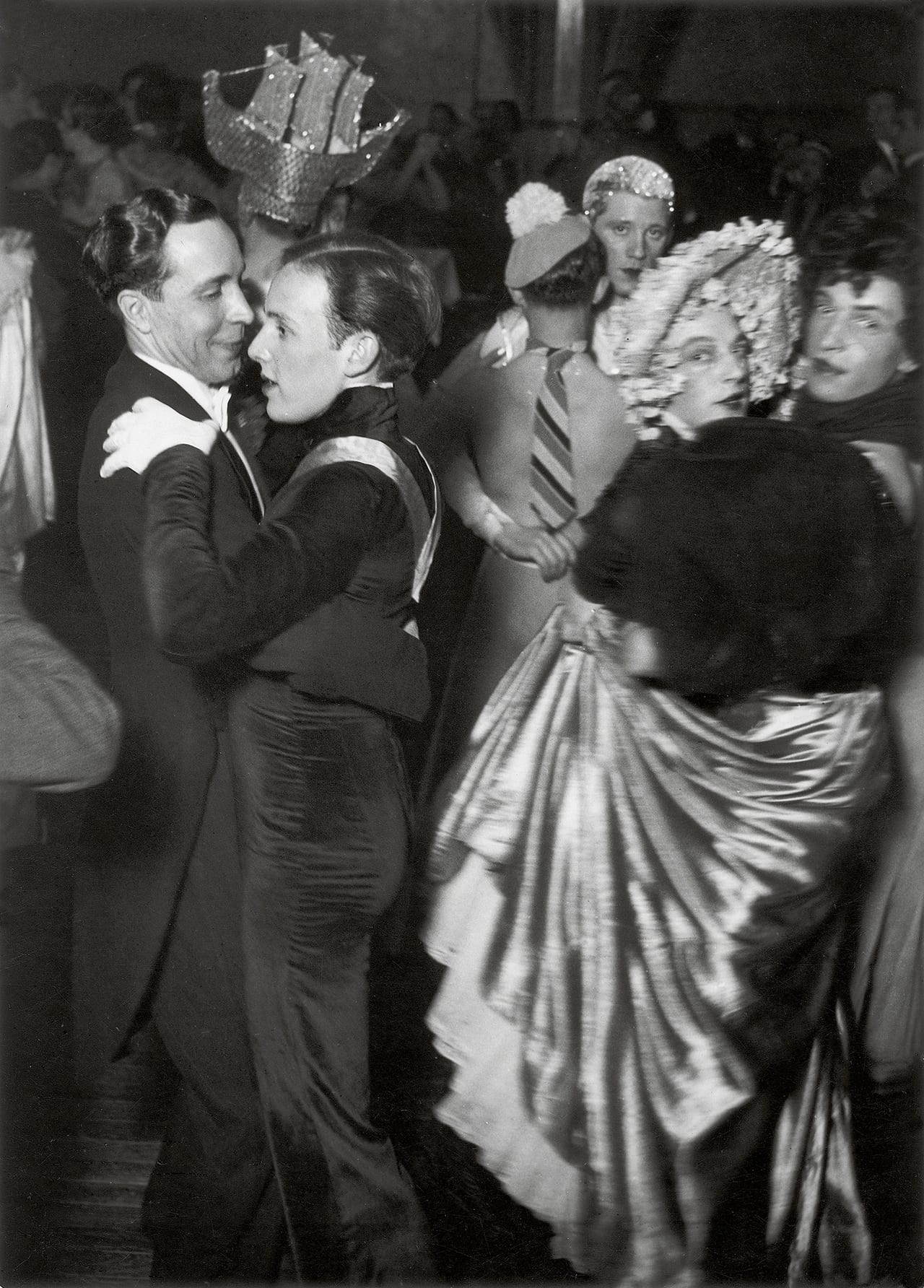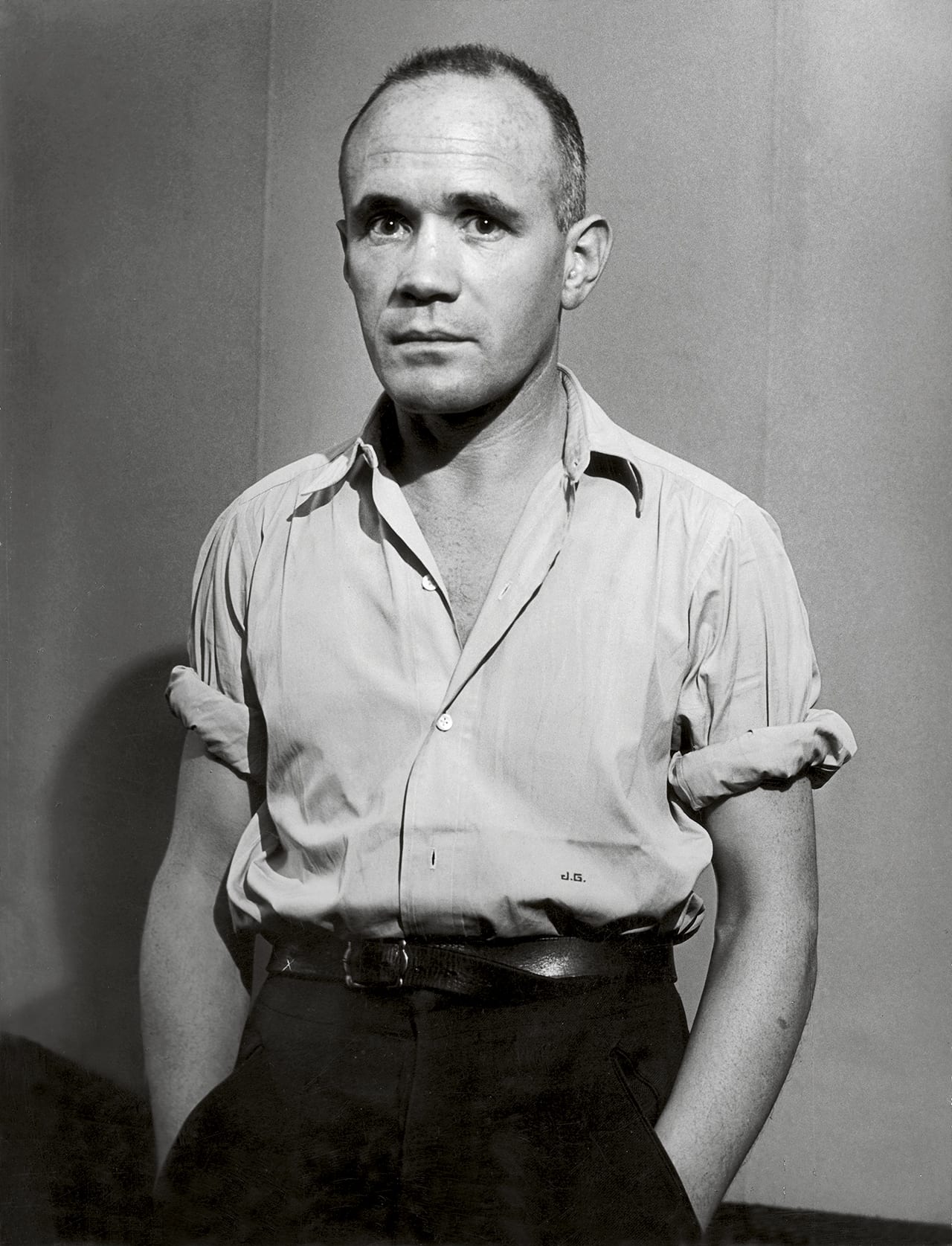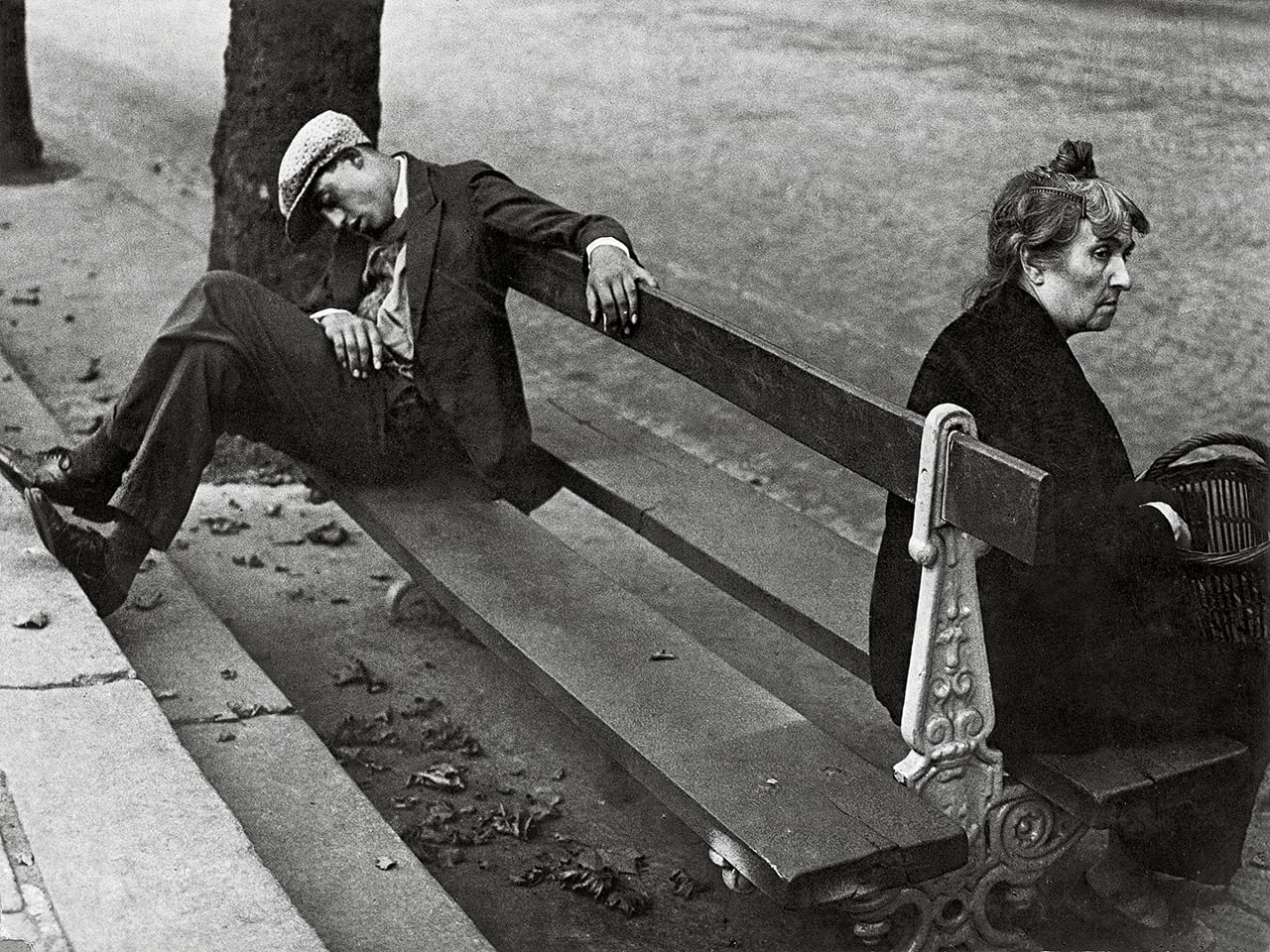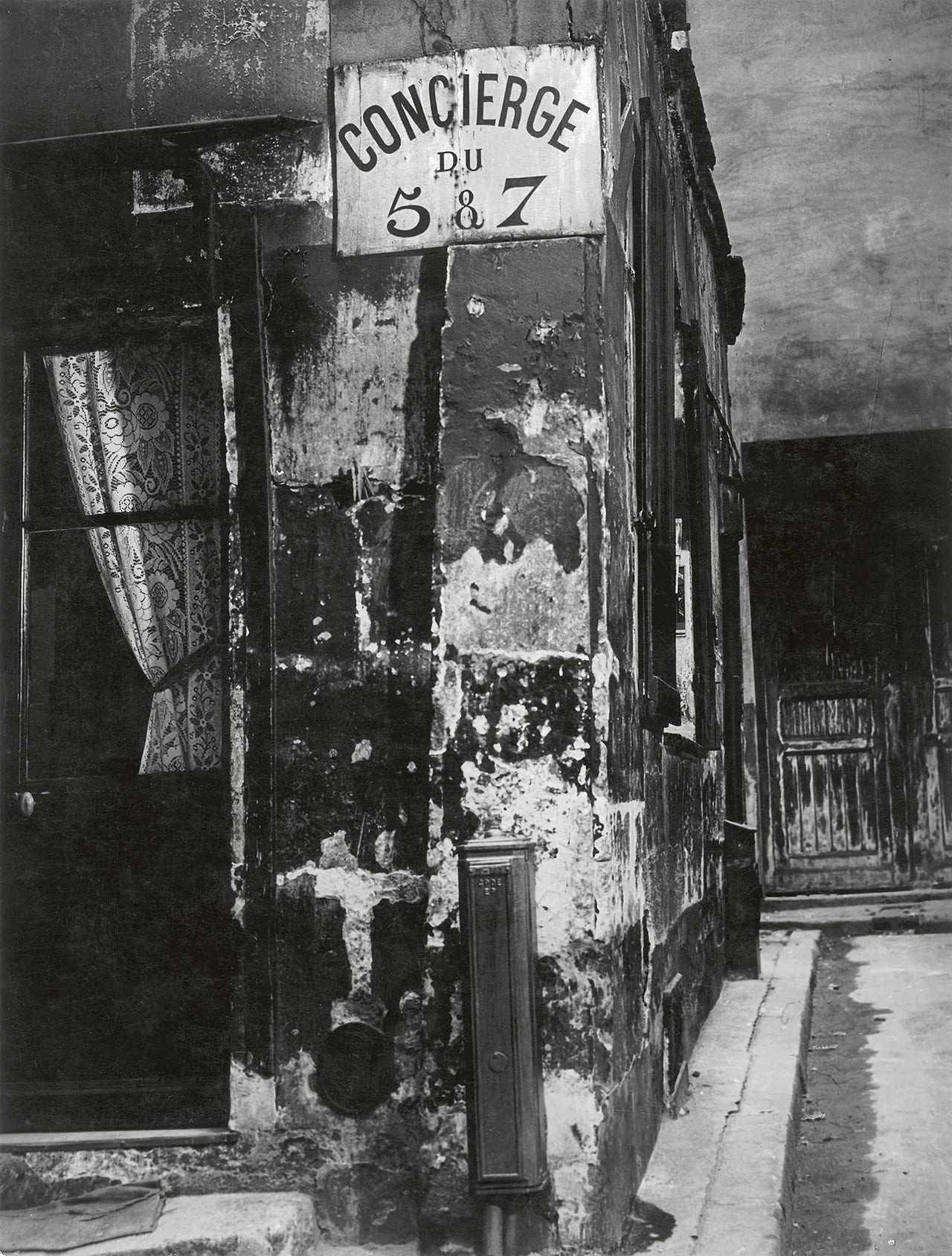It would be an understatement to say that the legacy of Gyula Halász – better known by his pseudonym, Brassaï – has been the object of extensive research and countless curatorial projects. Yet the Fundación Mapfre, the private institution that has shown the highest devotion to photography in Spain, has entrusted Peter Galassi, the former chief curator of photography at Museum of Modern Art, to conduct what will probably be the definitive exhibition about the Hungarian-French photographer at its Barcelona gallery, the Garriga i Nogués exhibition hall (19 February to 13 May).
The exhibition could be considered to be Galassi’s biggest curatorial endeavour so far since he retired from MoMA, and the catalogue, published by Fundación Mapfre, can attest to the pertinence of this major survey of Brassaï, even after previous approaches carried out by John Szarkowski, Agnès de Gouvion-Saint-Cyr, Peter Pollack, Sylvie Aubenas, Quentin Bajac, Manuel Borja- Villel, Alain Sayag and Catherine Troiano, to name but a few.
The Barcelona show will highlight the rich introspection of a multifaceted artist (also known for his painting, sculpture and writing) who captured the ‘joie’ (or lack, thereof) in the ‘filles de joie’ and the fringes of society, the nocturnal angst and beauty of Paris, and his peers and masters in the art and literary worlds. In a statement included in the Five French Photographers exhibition, held at MoMA in 1952, Brassaï wrote: “The photographer has a sense of the magic beneath the surface of reality… and a desire to get beyond the anecdotal and to promote subjects to the dignity of types.”
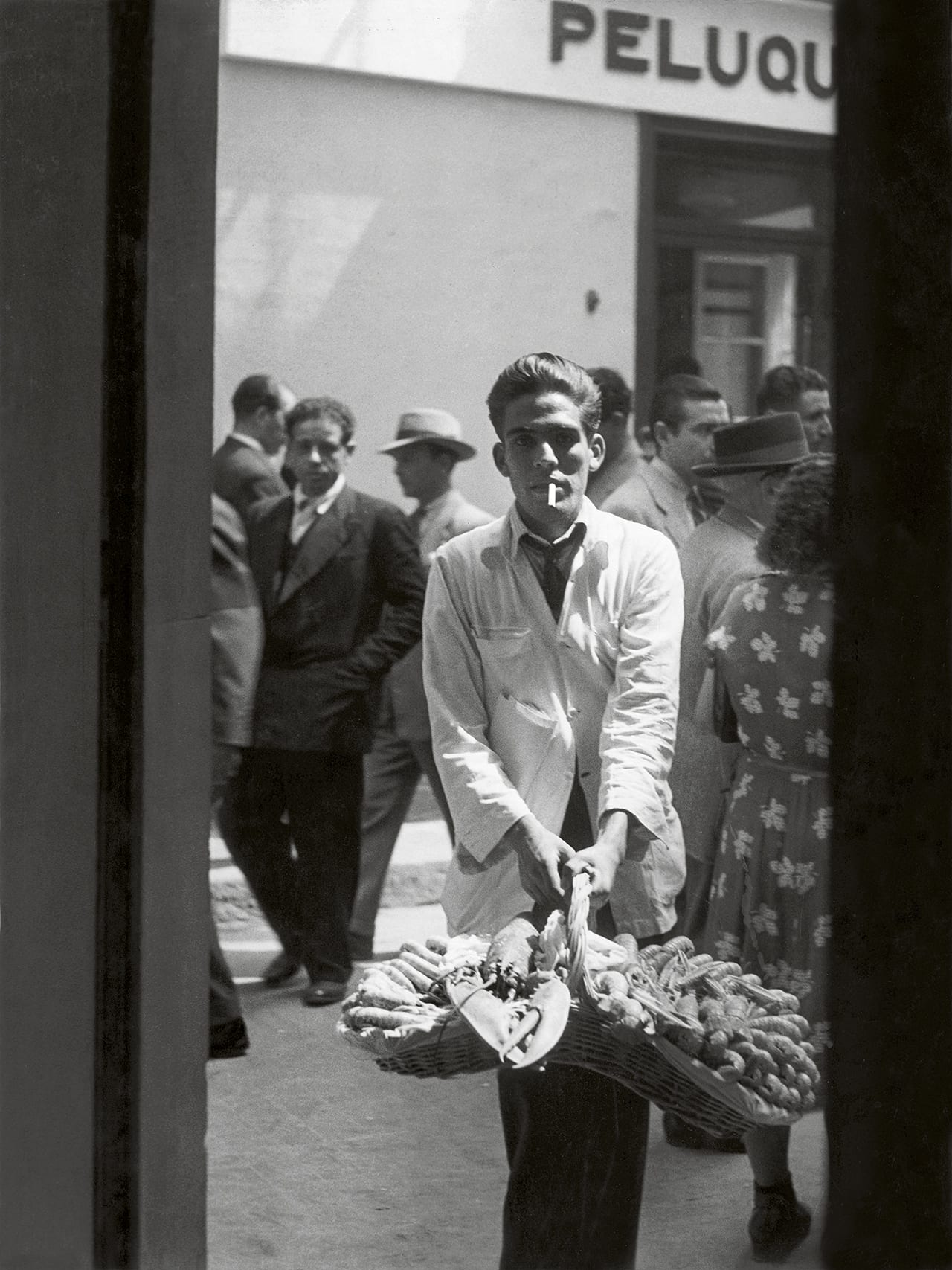
The exhibition is organised along the themes of Self-Portraits, The Street, Paris by Day, Sleep, Paris at Night, ‘Minotaure’, Pleasures, Society, Personages, Graffiti, Body of a Woman, Places and Things, and Portraits. It focuses on Brassaï’s photography and his breakthrough in “the artistic potential of everyday photography, the small black- and-white pictures completely devoid of the classic markers of aesthetic distinction”, the curator says.
It also strives to contextualise every theme present in the oeuvre of Brassaï, whether it is his nudes in the Surrealist magazine Minotaure, his incursions in the gay and lesbian scene of the French capital (where he lived from 1924, up to his death 60 years later, at the age of 84), his travels or his publications in the illustrated press. Spanish audiences will also be able to see some of the pictures that Brassaï took in Barcelona, Majorca, Cadaqués, Seville, and Madrid.
Brassaï is on show at Fundación Mapfre’s Barcelona gallery, the Garriga i Nogués exhibition hall from 19 February to 13 May fundacionmapfre.org
This article was first published in the February issue of BJP, which is available via https://www.thebjpshop.com/
